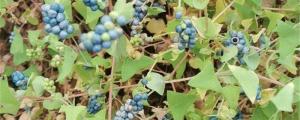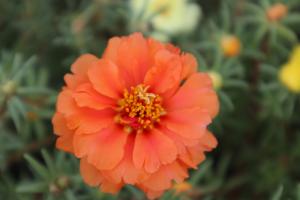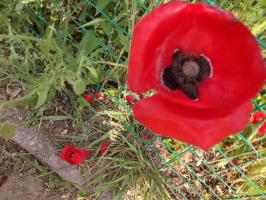What are Ginkgo Trees?
Ginkgo trees are unique, deciduous trees that are scientifically classified as Gymnosperms. Although they have similarities to other trees, such as leaves and a trunk, Ginkgo trees have distinct features that set them apart.
What Makes Ginkgo Trees Different?
One of the unique features of Ginkgo trees is that they do not have flowers or fruits. Instead, they reproduce through the use of seeds. They are referred to as "nonflowering seed-bearing" plants. This means they do not have the visible attributes of reproduction commonly associated with angiosperms, including flowers, seeds enclosed within a fruit or ovary, and a nectary.
Another unique feature of Ginkgo trees is their resistance to pests and disease. This makes Ginkgo trees an ideal urban tree because they require very little maintenance and can withstand harsh environments.
The Reproductive Process of Ginkgo Trees
Ginkgo trees are dioecious, meaning there are separate male and female trees. The male trees produce pollen cones, which contain the male reproductive cells. The female trees, on the other hand, produce ovules on stalks. These ovules contain the female reproductive cells.
Fertilization takes place when the pollen is transferred from the male tree to the female tree. Once fertilized, the ovule develops into a seed. This seed is then covered in a fleshy coating, which is attractive to animals, aiding in the dispersal of the seed.
Why Are Ginkgo Trees Classified as Gymnosperms?
Ginkgo trees are classified as Gymnosperms because they have naked seeds. The seeds are not enclosed within a fruit or ovary, as is common with angiosperms. Instead, the seeds are located on the surface of the female reproductive structure, within the ovule.
In addition, Gymnosperms are known for their primitive reproductive characteristics. They do not have ovaries, nectaries or brightly colored flowers, and their seeds are dispersed by the wind or other external agents. These features are also present in Ginkgo trees, which is why they are classified as Gymnosperms.
The Evolutionary History of Ginkgo Trees
Ginkgo trees are known for their long lifespan and have been around for over 200 million years. They are often referred to as "living fossils" due to their unchanged appearance since the Jurassic period.
Their evolution can be traced back to a time when the climate was warmer and wetter. During this period, Ginkgo trees dominated the landscape, but they experienced a decline during the Cretaceous period, likely due to the drying climate and competition from angiosperms. Today, Ginkgo trees are one of the few remaining species of Gymnosperms.
In Conclusion
Ginkgo trees are unique and fascinating trees that offer a glimpse into the past. Their classification as nonflowering seed-bearing plants is due to their primitive reproductive characteristics, such as their naked seeds and lack of ovaries and nectaries. Despite their ancient lineage, Ginkgo trees remain relevant today due to their hardiness and resistance to pests and disease. They are one of the few remaining species of Gymnosperms and a testament to the resilience of these ancient plants.

 how many times do yo...
how many times do yo... how many planted tre...
how many planted tre... how many pine trees ...
how many pine trees ... how many pecan trees...
how many pecan trees... how many plants comp...
how many plants comp... how many plants can ...
how many plants can ... how many plants and ...
how many plants and ... how many pepper plan...
how many pepper plan...































